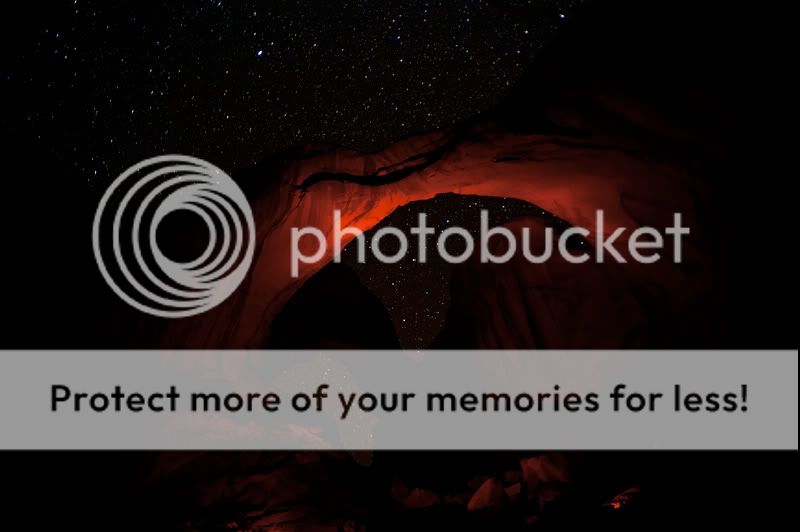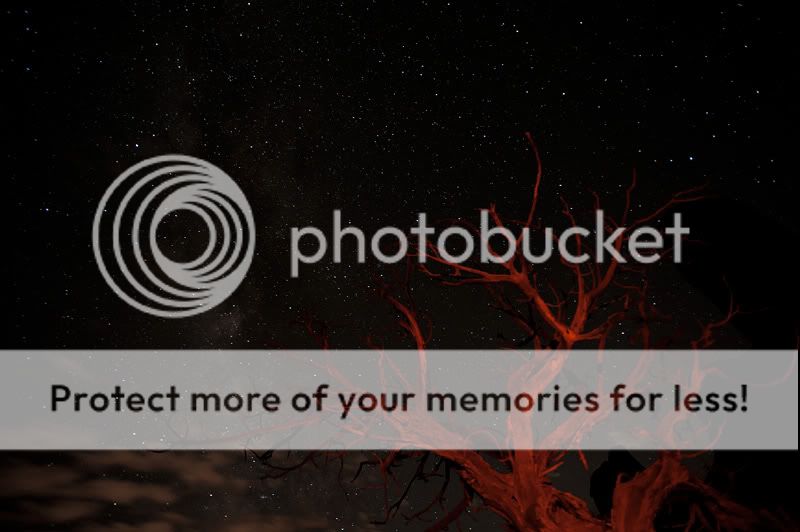cbarnard7
No longer a newbie, moving up!
- Joined
- Jun 25, 2013
- Messages
- 587
- Reaction score
- 212
- Location
- Denver, Colorado
- Can others edit my Photos
- Photos NOT OK to edit
Hi All,
My wife and I are going to Arches/Canyonlands and Grand Canyon in a couple of weeks. I've seen some shots that I'd like to try to reproduce in which I can get an illuminated arch with a starry night sky above it. I'm not too interested in star trails, but rather a bright, foreground image of the arch and bright stars behind. I know a lot will have to do in LR or PS, but as far as controls and techniques, does anyone have any advice? What ISO and shutter speed do you think we're looking at here? I've heard using a headlamp to illuminate the arch is sufficient enough. Any takers? Thanks!
My wife and I are going to Arches/Canyonlands and Grand Canyon in a couple of weeks. I've seen some shots that I'd like to try to reproduce in which I can get an illuminated arch with a starry night sky above it. I'm not too interested in star trails, but rather a bright, foreground image of the arch and bright stars behind. I know a lot will have to do in LR or PS, but as far as controls and techniques, does anyone have any advice? What ISO and shutter speed do you think we're looking at here? I've heard using a headlamp to illuminate the arch is sufficient enough. Any takers? Thanks!




![[No title]](/data/xfmg/thumbnail/41/41925-e3c7dc0bf7e49541e177841ac968253a.jpg?1734176285)
![[No title]](/data/xfmg/thumbnail/32/32159-cd588f68f116c390a4eaddec2380f1a6.jpg?1734161046)
![[No title]](/data/xfmg/thumbnail/41/41901-789e8104ff95e5862c8f07611e3c34c0.jpg?1734176261)
![[No title]](/data/xfmg/thumbnail/41/41905-b622c7d92c817afea0d4f5704e7fb329.jpg?1734176270)
![[No title]](/data/xfmg/thumbnail/41/41923-ddfdc5596c5073ae69761e32124481cf.jpg?1734176284)

